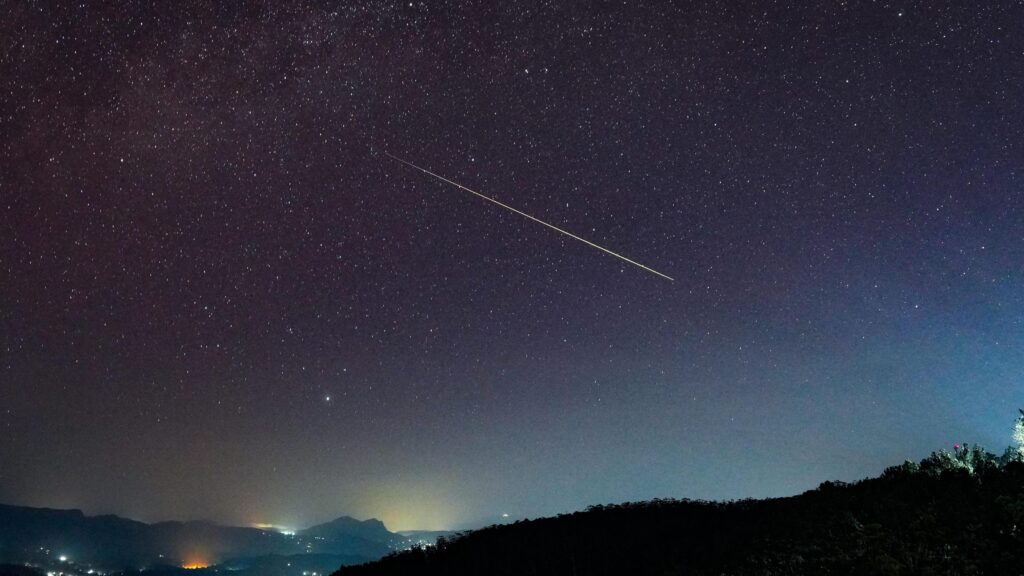
Introduction
The Perseids meteor showers are one of the most anticipated astronomical events of the year, captivating stargazers worldwide. Occurring annually from mid-July to late August, the Perseids peak around August 12-13, making this a significant time for astronomy enthusiasts and casual observers alike. In 2023, this celestial spectacle promises to showcase a dazzling display of shooting stars, drawing attention to the wonders of outer space.
Details of the 2023 Perseids Meteor Showers
The Perseids are associated with the comet Swift-Tuttle, discovered in 1862. As Earth orbits the sun, it passes through the debris left by the comet, resulting in these spectacular meteor showers. During peak nights, observers can expect to see an average of 50 to 100 meteors per hour under optimal conditions.
In 2023, factors like the lunar cycle play a crucial role in visibility. The new moon, occurring on August 16, will allow for darker skies, enhancing the chances of seeing meteors. Ideal viewing times are typically after midnight until dawn, when the sky is darkest and the meteors can be seen radiating from the constellation Perseus.
How to Observe the Meteor Showers
For those eager to witness the Perseids, finding a suitable observing location away from urban light pollution is essential. Clear skies with little to no clouds provide the best conditions for viewing. Observers are advised to lay back and look up towards the northern sky, as that’s the general direction from which the meteors will appear.
Additionally, patience is key; giving oneself ample time allows for more meteors to be spotted. Engaging with local astronomical societies or joining community viewings can enhance the experience with expert guidance and camaraderie among fellow skywatchers.
Conclusion
The Perseids meteor showers not only offer a breathtaking display of natural beauty but also remind us of the vast universe beyond our planet. The 2023 event is expected to be particularly striking, thanks to favorable lunar conditions. Whether you are a seasoned astronomer or a novice, this is an opportunity to connect with the cosmos, reflect on the science of celestial events, and appreciate the wonders of our universe.
Mark your calendars for August 12-13 and prepare for a night filled with shooting stars, making it a memorable event for individuals and families looking to share the joy of stargazing together.



